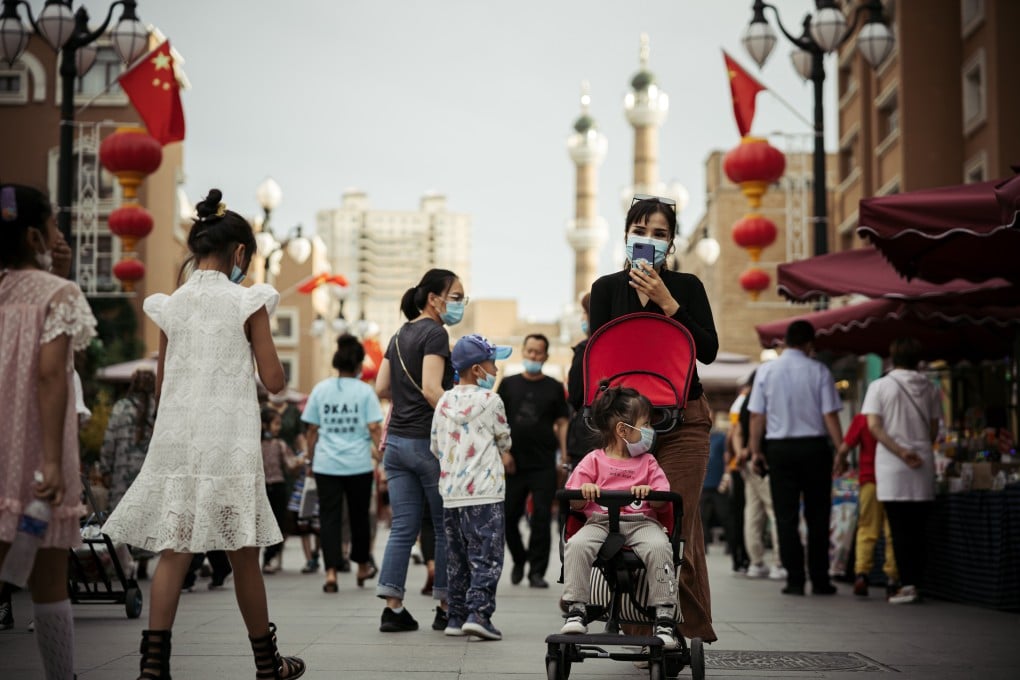Advertisement
In China’s west, a population boom could drive Xinjiang capital to bust: scientists
- Xinjiang has the fastest population growth in China and youngest demographic structure
- The rapidly rising population in Urumqi puts pressure on land and water resources and threatens the ecological balance
Reading Time:3 minutes
Why you can trust SCMP
34

The biggest city in Xinjiang has expanded its footprint more than four times in less than three decades, mainly because of a rapidly rising population, according to a new study.
The population of Urumqi has increased more than a third over the last 10 years. This has led to an unprecedented expansion of urban areas that have severely stretched land and water resources in the regional capital and pushed it to the brink of ecological disaster, scientists warn.
All things considered, “population size has the biggest impact”, said the team led by Shi Tiange of the Xinjiang Institute of Ecology and Geography, Chinese Academy of Sciences, in Urumqi in a paper published last week in the journal Arid Land Geography.
Advertisement
Urumqi is a 2,000-year-old city on the ancient Silk Road. Today it plays an important role in the Belt and Road Initiative, an ambitious programme launched by the Chinese government to link Asian, European and African countries via infrastructure construction, trade and investment.
A major transport hub and business centre on China’s western frontier, Urumqi contributes a quarter of the GDP of Xinjiang, the largest region in China with an area three times the size of France.
Advertisement
Advertisement
Select Voice
Choose your listening speed
Get through articles 2x faster
1.25x
250 WPM
Slow
Average
Fast
1.25x
